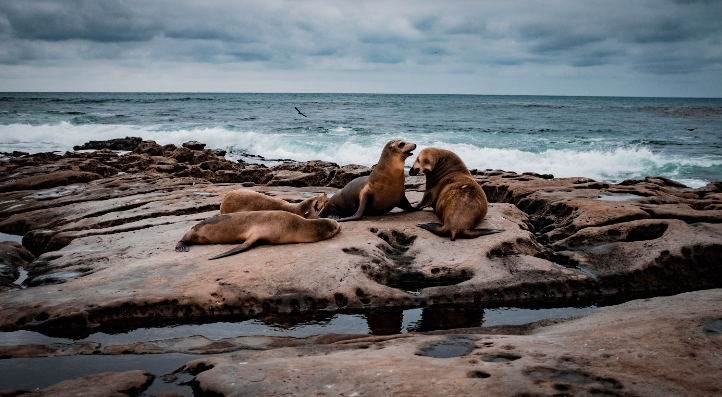Toxic Algae Kills Hundreds of Animals on California Coast
The US National Oceanic and Atmospheric Administration (NOAA) has revealed that the blooming of toxic algae along the Southern Californian coast has caused over 1K marine mammals to become ill or die this month alone.

Facts
- The US National Oceanic and Atmospheric Administration (NOAA) has revealed that the blooming of toxic algae along the Southern Californian coast has caused over 1K marine mammals to become ill or die this month alone.1
- Ruth Dover, co-founder and managing director of the Channel Islands Marine & Wildlife Institute, stated that the organization is currently managing over 200 reports of marine mammals in distress daily due to what's believed to be the algae Pseudo-Nitzschia.2
- Current algae blooms are producing a toxin called domoic acid. Dr. David Caron, a biological sciences professor at the University of Southern California, explained that the toxin is passed through food chains after marine animals eat contaminated shellfish, anchovies, and sardines.3
- The period of algae blooming, known locally as the "Red Tide," often occurs in the spring and the fall when nutrients from sea depths are brought to the surface and exposed to sunlight. Due to the toxin, marine mammals have become grounded on beaches, suffering from a range of issues, including disorientation and vomiting.4
- Despite the blooming being seasonal, Michelle Kowalewski — executive director of the nonprofit Channel Islands Cetacean Research Unit (CICRU) — has stated that she had "never seen anything like" the current intensity of the problem.5
Sources: 1Los Angeles Times, 2Newsweek, 3BBC News, 4MSN, and 5ABC7 Los Angeles.
Narratives
- Narrative A, as provided by NBC Los Angeles. Domoic acid is not an uncommon issue in various areas of the Californian coast, and can often spread rapidly under certain oceanic conditions. The high level of sick mammals being reported indicates a higher concentration of algae offshore than last year, which seemed to affect the sea lion popular closer to land. Samples are being taken by scientists, who hope to understand the toxin's patterns and potentially reveal any further factors.
- Narrative B, as provided by Nature. While a common occurrence, climate change is making toxic outbreaks of algae blooms worse. Although an interplay of different factors makes it difficult for the data to be pinned down, the issue of rising water temperatures cannot be ignored. With continued warming, algae bloom more harmfully and aggressively than previously witnessed and may potentially become commonplace across different global regions.






